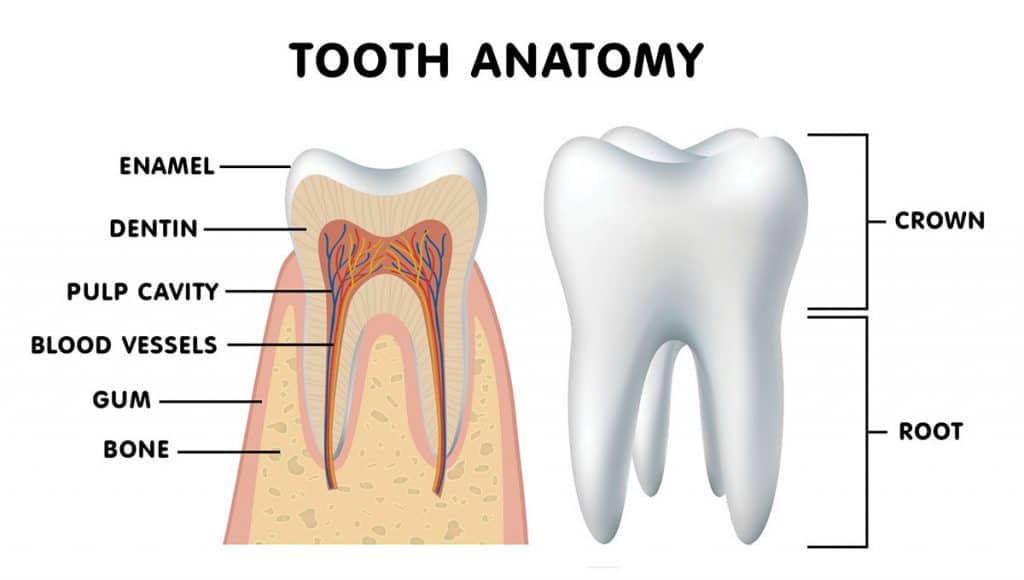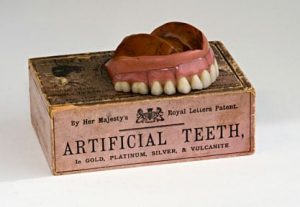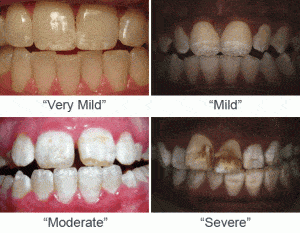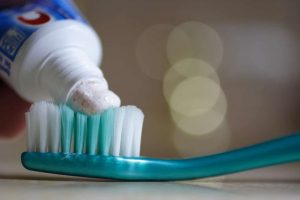Questions Concerning New AWIA Requirements? We’ve got answers.
Community water systems that serve more than 3,300 people are required to complete a Risk and Resilience Assessment as well as develop an Emergency Response Plan (ERP) under Section 2013 of America’s Water Infrastructure Act (AWIA) of 2018.
What is a Risk and Resilience Assessment?
Risk and Resilience Assessments evaluate the vulnerabilities, threats, and consequences from potential hazards, including:
- Natural hazards and malevolent acts
- Resilience of water facility infrastructure
- Monitoring practices
- Financial systems
- Chemical storage and handing
- Operation and maintenance
With this new requirement, utilities must conduct the assessment and submit certification of its completion to the U.S. EPA by:
- March 31, 2020 if serving >= 100k people
- December 31, 2020 if serving 50k-99,999 people
- June 30, 2021 if serving 3,301 to 49,999 people
When do water utilities need to get their Risk and Resilience Assessments re-certified?
Your utility must review the Risk and Resilience Assessment and submit a re-certification to the U.S. EPA every five years.
What is included in an ERP for drinking water utilities?
ERPs are critical for drinking water utilities as they provide plans and procedures for responding to a natural hazard or malevolent act that threatens safe drinking water. Preparing and practicing an ERP can save lives, prevent illness, enhance security, minimize property damage and lessen liability. Included in the plan are actions and identified equipment that are necessary to lessen the impact of a natural hazard, including alternative water sources and the relocation of intakes and flood protection barriers.
When do water utilities need to certify completion of their ERPs?
After completion of the risk and resiliency assessment, utilities must develop or update an Emergency Response Plan and certify completion to US EPA no later than six months after the risk and resiliency assessment certification.
When do water utilities need to get their ERPs re-certified?
Within six months of submitting the re-certification for the risk and resilience assessment, utilities must certify they have reviewed and, if necessary, revised, their emergency response plan.
Where can I find more information?
The U.S. EPA has a wealth of information on their website regarding these two new requirements. Use the links below to learn more.
- Drinking Water Utility Self Assessment
- Baseline Information on Malevolent Acts for Community Water Systems
- Certification Processes
- Emergency Response Plan Template
Tata & Howard Can Help
Tata & Howard offers consulting services to assist water suppliers in completing the Risk and Resilience Assessment as well as update Emergency Response Plans to meet AWIA requirements. In addition, Tata & Howard offers flexible, one- and two-day training programs to assist water utilities and operators in obtaining the required ERP training. Training programs are approved for 7 Training Contact Hours by the MA board of Certification of Operators of Drinking Water Supply Facilities.
For additional guidance, assistance with meeting the AWIA requirements, or to schedule an ERP training session, please contact Michael Knox, Client Service Specialist at 508.925.7559 or by email at MKnox@TataandHoward.com.

 Even so, that millimeter of enamel making up the outer part of the tooth is the hardest substance of the human body and can outlast even the human skeleton when interred. In fact, the oldest vertebrate fossil relics going back 500 million years are teeth. Despite these details, teeth can be surprisingly fragile and prone to decay.
Even so, that millimeter of enamel making up the outer part of the tooth is the hardest substance of the human body and can outlast even the human skeleton when interred. In fact, the oldest vertebrate fossil relics going back 500 million years are teeth. Despite these details, teeth can be surprisingly fragile and prone to decay. Still, with these advances in dentistry, tooth loss and decay persisted. Since ancient times, it was widely thought that toothaches were caused by worms that destroyed teeth. It wasn’t until 1890, when a dentist named Willoughby Miller identified that tooth decay was caused by a certain type of bacteria that thrives on sugar, creating an acid that ate away at tooth enamel.
Still, with these advances in dentistry, tooth loss and decay persisted. Since ancient times, it was widely thought that toothaches were caused by worms that destroyed teeth. It wasn’t until 1890, when a dentist named Willoughby Miller identified that tooth decay was caused by a certain type of bacteria that thrives on sugar, creating an acid that ate away at tooth enamel.


